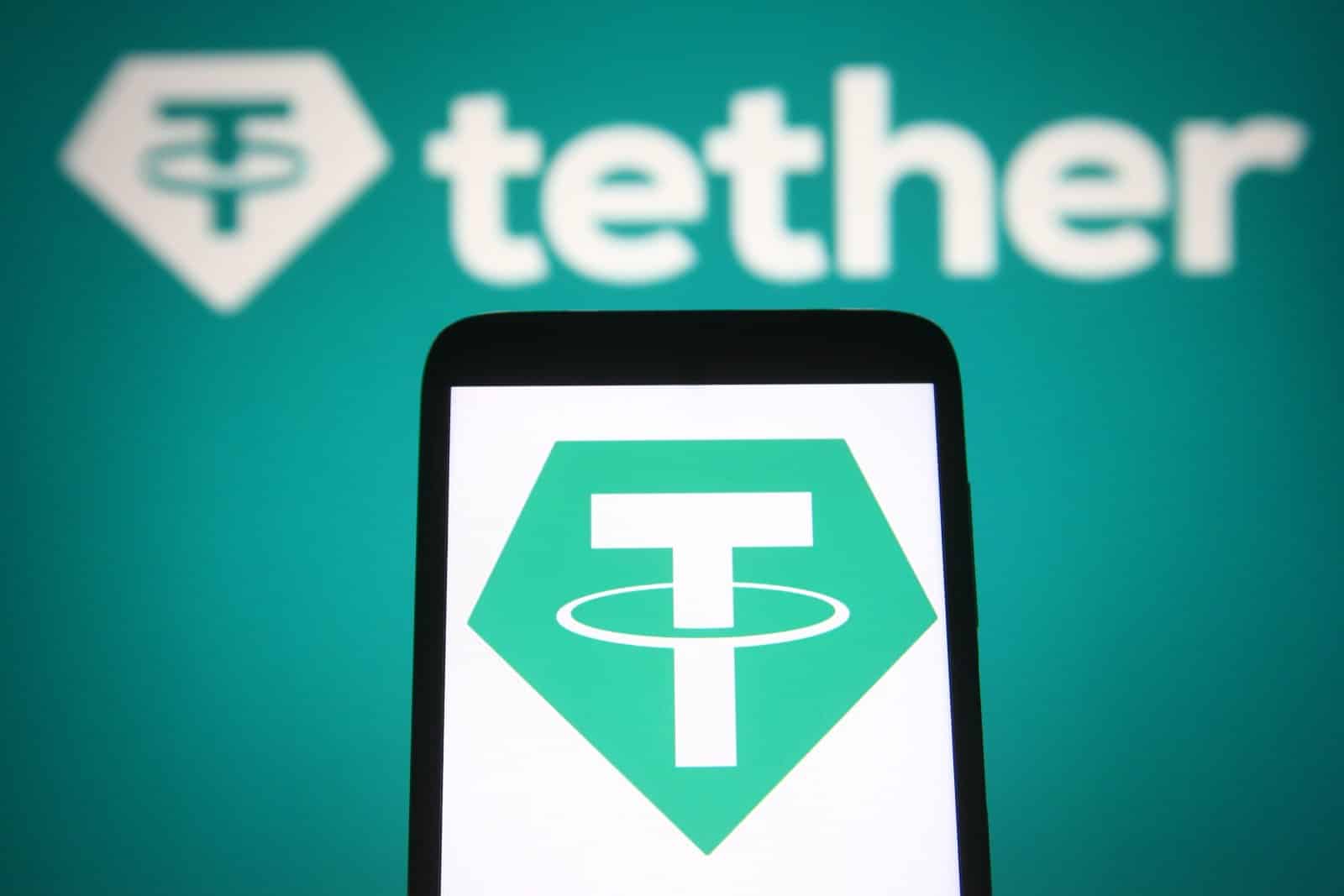Chainalysis uncovers how stablecoins, traditionally seen as safe havens in the crypto world, are increasingly being exploited for scams and evading international sanctions.
Wide Open for Illicit Activities

The rising popularity of stablecoins pegged to stable values like the US dollar has transformed the cryptocurrency landscape and opened avenues for illicit activities.
Extent with Scams

A recent report from Chainalysis revealed the staggering extent to which stablecoins, such as Tether, were utilized in crypto scams and sanctions evasion throughout 2023.
The Promise of Stablecoins

Initially designed to offer stability and reduced volatility compared to cryptocurrencies like Bitcoin, stablecoins promised frictionless and border-crossing transactions.
The Reality of Stablecoins

However, their increased adoption by legitimate users has inadvertently attracted a darker side, with malicious actors exploiting them for nefarious purposes.
Explosive Growth of Stablecoin Transactions

Since 2022, stablecoin transactions have soared, surpassing even the total value of Bitcoin transactions. This meteoric rise in popularity, driven by the desire for stability in the volatile crypto market, has led to unforeseen consequences.
Chainalysis’s Alarming Statistics

As part of its annual crime report, Chainalysis disclosed alarming statistics about the misuse of stablecoins in the realm of illicit crypto transactions.
A Majority of Involvement

The report indicated that stablecoins were involved in a staggering 70% of crypto scam transactions and played a role in 83% of crypto payments to sanctioned countries like Iran and Russia. Moreover, stablecoins were implicated in 84% of crypto payments to specifically sanctioned individuals and companies.
The Enormous Scale of Illicit Stablecoin Transactions

Chainalysis estimated a whopping $40 billion in illicit stablecoin transactions over the combined years of 2022 and 2023.
Dominance of Sanctions Evasion

Within this vast pool of illicit activity, sanctions evasion emerged as the largest category, accounting for over half of the $24.2 billion in criminal transactions observed in 2023 across all cryptocurrencies.
The Appeal for Sanctioned Entities

Andrew Fierman, Chainalysis’ head of sanctions strategy, highlighted the attractiveness of stablecoins for individuals and countries facing sanctions.
Work Around for Restrictions

Stablecoins offer a means to circumvent restrictions on accessing stable currencies like the US dollar. Fierman emphasized that the stability of the US dollar becomes a sought-after benefit, especially in jurisdictions where access to the dollar is restricted due to sanctions.
Case Studies: Nobitex and Garantex

Chainalysis pointed to notable examples, such as Nobitex, the largest cryptocurrency exchange in Iran, and Garantex, a Russian exchange subject to sanctions.
Revealed Disparities

Stablecoin usage on Nobitex surpassed Bitcoin by a ratio of 9:1, while on Garantex, it is at a ratio of 5:1. These figures point toward a vast difference compared to nonsanctioned mainstream exchanges, where stablecoins and bitcoins maintain a more balanced 1:1 ratio.
Exclusions in Analysis

Chainalysis acknowledged that its report excluded certain privacy-focused cryptocurrencies like Monero and Zcash, designed to resist blockchain analysis.
Overlooked Money Laundering

Additionally, the analysis was based on direct transfers to illicit actors, potentially overlooking money laundering processes involving multiple cryptocurrency swaps.
UN Report Corroborates Stablecoin Concerns

The findings from Chainalysis align with a recent United Nations report highlighting the significant role of stablecoins in illegal gambling and scams across East and Southeast Asia.
UN Singled Out Tether

While Chainalysis doesn’t specify particular stablecoins, the UN report singled out Tether as a favored choice for regional cyberfraud operations and money launderers.
Tether’s Role in “Pig Butchering” Scams

Tether, the most popular stablecoin, has gained notoriety in “pig butchering” scams, where scammers manipulate victims into fraudulent investments.
Tether’s Predominance in Scams

Erin West, a deputy district attorney and crypto crime expert, emphasized that Tether is consistently the preferred choice for such scams due to its stability, anonymity, and low transaction fees.
The Dangerous Trend and Its Implications

The high proportion of stablecoin use in sanctions evasion raised concerns about undermining systems meant to hold countries, individuals, and companies accountable for criminal behavior and violations of international law.
The report was more evidence pointing at the urgency of addressing this dangerous trend that facilitates access to the very currencies meant to be restricted.
Conclusion

The Chainalysis report shined a light on the dark side of stablecoins, urging the cryptocurrency community, regulators, and stakeholders to address these challenges and ensure the responsible use of digital assets in the evolving financial landscape.
The post Crime Report Exposes Disturbing Trends in Crypto Scams and Sanctions Evasion first appeared on Swift Feed.
Featured Image Credit: Shutterstock / Chinnapong.

